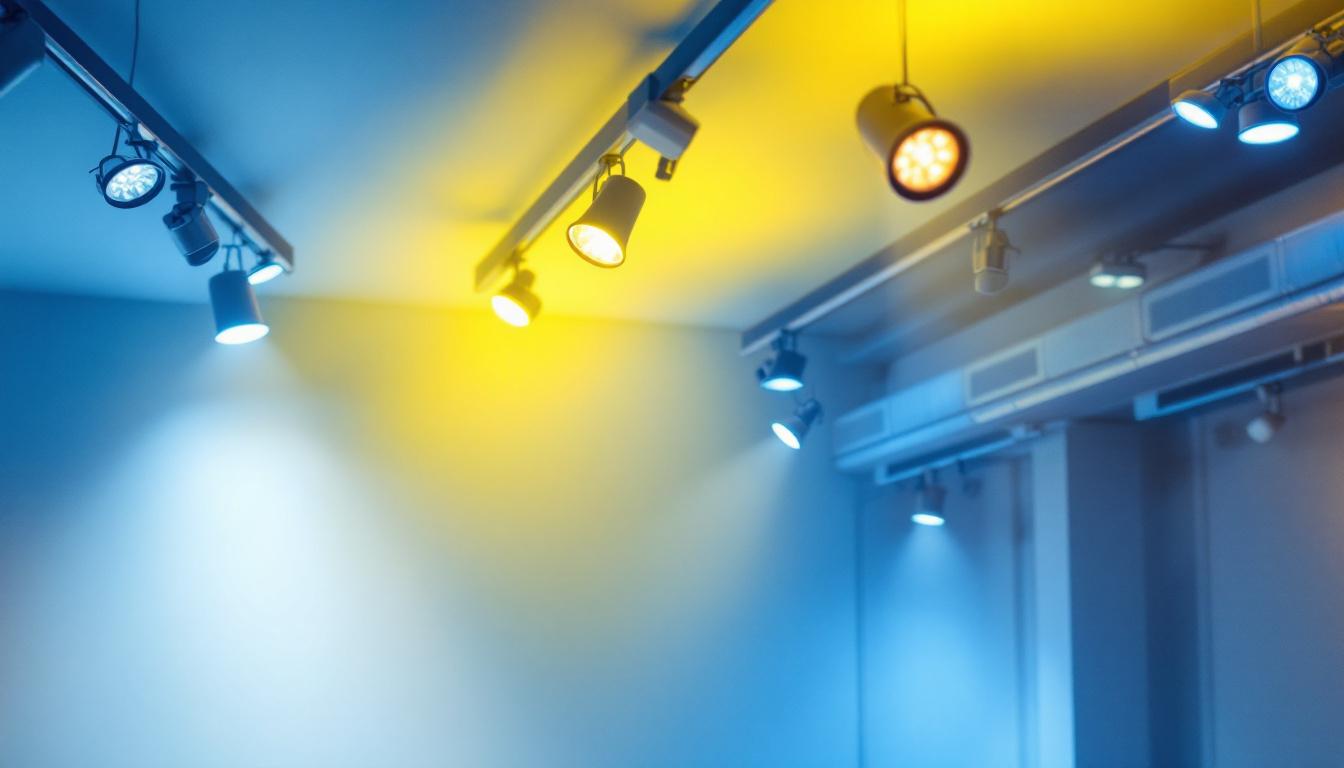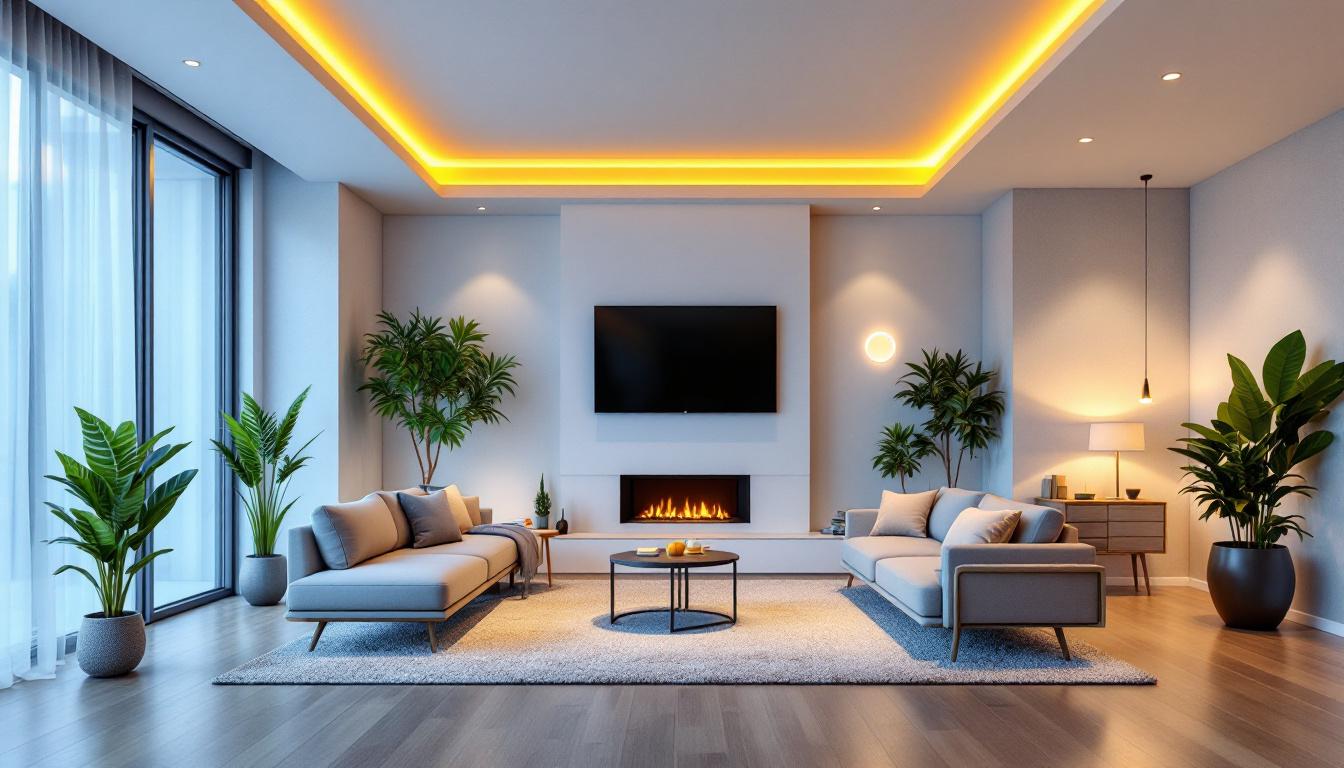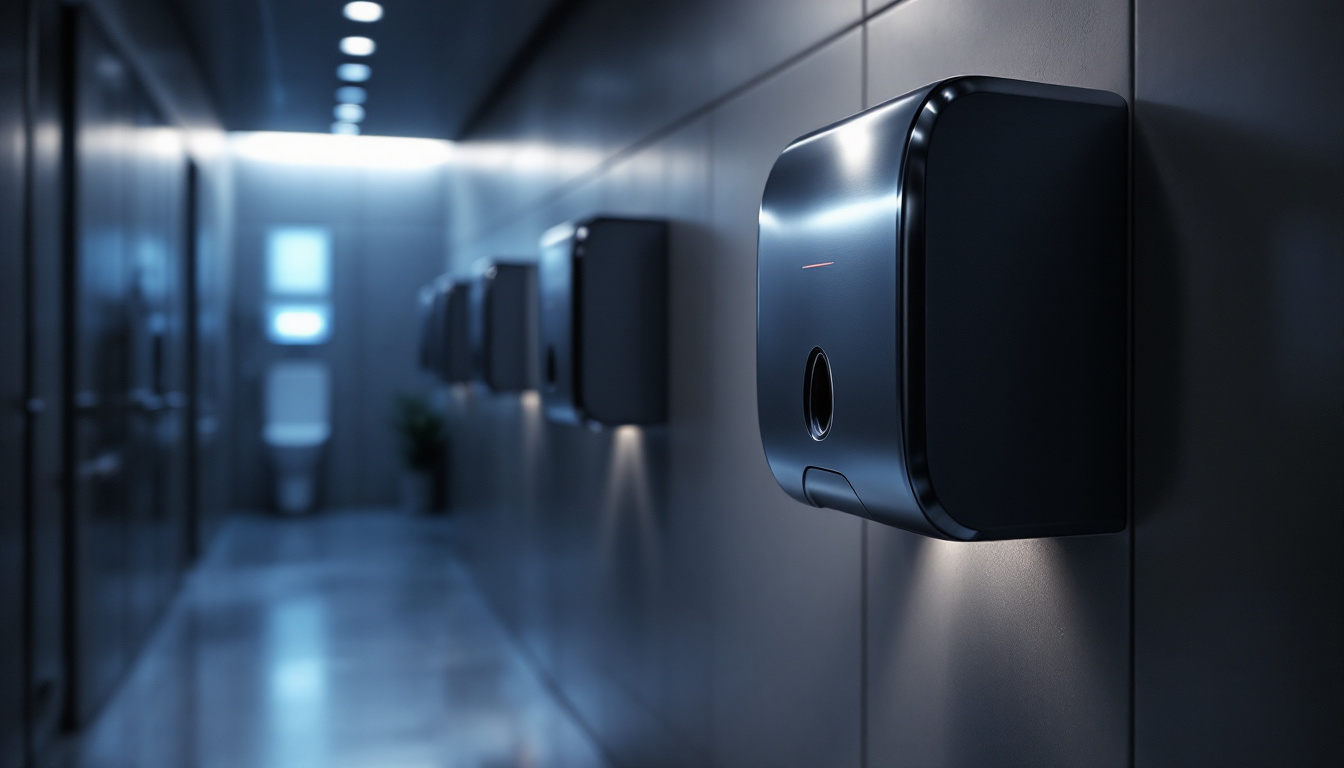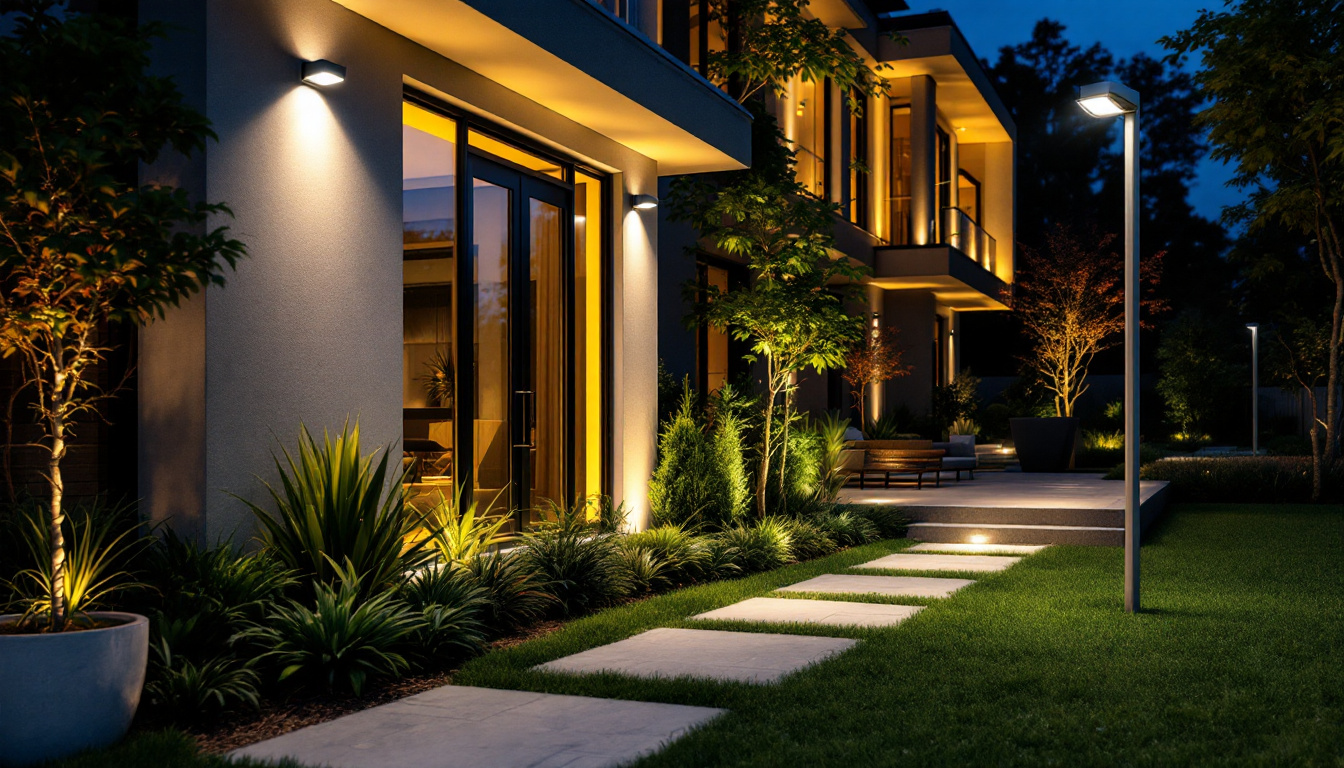
Lighting contractors play a crucial role in ensuring that their projects not only meet aesthetic expectations but also comply with relevant regulations and standards. One of the key areas of focus in the industry is track lighting, particularly the 8-foot track lighting systems that are increasingly popular in various applications. This article delves into the compliance aspects surrounding 8-foot track lighting and what lighting contractors need to know to navigate this complex landscape effectively.
8-foot track lighting systems are designed to provide versatile and adjustable lighting solutions for both residential and commercial spaces. These systems consist of a long, linear track that can accommodate multiple light fixtures, allowing for customized illumination based on the specific needs of the environment.
Typically, these tracks can be mounted on ceilings or walls, making them suitable for a variety of settings, from galleries and retail spaces to homes and offices. The flexibility of track lighting allows contractors to create dynamic lighting arrangements that can enhance the overall design of a space. By strategically placing fixtures, designers can highlight artwork, merchandise, or architectural features, creating a visually appealing atmosphere that draws attention to key elements.
One of the primary benefits of 8-foot track lighting is its adaptability. Contractors can easily reposition fixtures along the track to direct light where it is needed most, making it an ideal choice for spaces that require frequent reconfiguration. Additionally, track lighting can accommodate different types of bulbs, including LED, halogen, and incandescent, providing options for energy efficiency and color temperature. This versatility not only allows for varied lighting effects but also helps in achieving the desired ambiance, whether it’s a warm, inviting glow for a cozy living room or bright, focused light for a workspace.
Another advantage is the ease of installation. Most 8-foot track lighting systems come with straightforward mounting hardware, allowing for quick setup with minimal disruption to the surrounding area. This efficiency can be a significant selling point for contractors looking to complete projects on time and within budget. Moreover, many modern track lighting systems are designed with user-friendly features, such as plug-and-play connections and adjustable fixture heads, which further simplify the installation process. This means that not only can contractors save time, but they can also offer clients a more tailored lighting solution that can evolve with their needs over time, whether that involves adding new fixtures or adjusting existing ones to suit changing decor or functionality.
Compliance with local and national regulations is paramount for lighting contractors. Various standards govern the installation and operation of track lighting systems, including electrical codes, safety regulations, and energy efficiency guidelines. Understanding these compliance requirements is essential for ensuring that installations are safe, reliable, and legal.
Contractors must familiarize themselves with the National Electrical Code (NEC) and any local amendments that may apply. These codes outline critical safety measures, such as proper wiring practices, grounding requirements, and circuit limitations, which are vital for preventing electrical hazards.
When installing 8-foot track lighting, contractors should pay close attention to the electrical code requirements for the specific type of fixtures being used. For example, if the track system is designed to accommodate high-wattage bulbs, it may necessitate the use of heavier gauge wiring and specialized circuit breakers to handle the increased load.
Additionally, ensuring that all components of the track lighting system are UL-listed or certified by a recognized testing laboratory is essential for compliance. This certification indicates that the products have been tested for safety and performance, providing peace of mind for both contractors and clients.
In recent years, there has been a growing emphasis on energy efficiency in lighting design. Contractors must be aware of the energy efficiency standards set forth by organizations such as the Department of Energy (DOE) and the International Energy Conservation Code (IECC). These standards often dictate the types of bulbs and fixtures that can be used in track lighting systems.
For instance, many jurisdictions encourage or mandate the use of LED lighting due to its lower energy consumption and longer lifespan compared to traditional incandescent bulbs. Contractors should also consider the use of dimmers and smart lighting controls, which can further enhance energy efficiency and provide clients with greater control over their lighting environments.
Proper installation techniques are vital for ensuring the safety and effectiveness of 8-foot track lighting systems. Contractors should follow best practices to avoid common pitfalls and ensure compliance with relevant standards.
One of the key aspects of installation is selecting the appropriate mounting location. The track should be positioned to maximize light distribution while minimizing glare and shadows. Additionally, contractors should ensure that the track is securely mounted to the ceiling or wall, using appropriate anchors and fasteners to support the weight of the fixtures.
Correct wiring is essential for the safe operation of track lighting systems. Contractors should use the appropriate gauge wire based on the total load of the fixtures and the distance from the power source. It is also crucial to ensure that all connections are secure and properly insulated to prevent electrical arcing and potential fire hazards.
Moreover, contractors should be mindful of the circuit limitations when installing multiple fixtures on a single track. Overloading a circuit can lead to tripped breakers or, in severe cases, electrical fires. As a rule of thumb, it is advisable to limit the total wattage of all fixtures on a single circuit to no more than 80% of the circuit’s capacity.
Once the installation is complete, thorough testing is necessary to verify that the track lighting system operates as intended. This includes checking each fixture to ensure it is functioning correctly and that there are no flickering lights or inconsistent brightness levels.
Contractors should also conduct a visual inspection of the installation to confirm that all components are securely fastened and that there are no exposed wires or other safety hazards. Proper documentation of the installation process, including any modifications made to comply with local codes, can also be beneficial in case of future inspections or audits.
Regular maintenance is essential for keeping 8-foot track lighting systems in optimal condition. Contractors should educate clients on the importance of routine checks and provide guidance on how to perform basic maintenance tasks.
Common maintenance tasks include cleaning the fixtures to remove dust and debris, which can accumulate over time and reduce light output. Additionally, clients should be advised to replace burned-out bulbs promptly to maintain consistent lighting levels throughout the space.
Even with proper installation and maintenance, issues may arise with track lighting systems. Contractors should be prepared to troubleshoot common problems, such as flickering lights, inconsistent brightness, or complete fixture failure.
Flickering lights can often be attributed to loose connections or incompatible bulbs. Contractors should check all wiring and connections to ensure they are secure. In some cases, replacing the bulb with a compatible type may resolve the issue.
If a fixture fails to light entirely, it may indicate a problem with the track itself or the power supply. Contractors should systematically test each component, starting with the power source and working their way through the fixtures, to identify the root cause of the problem.
The lighting industry is continually evolving, and track lighting is no exception. As technology advances, contractors should stay informed about emerging trends that could impact their work and the products they offer.
One significant trend is the increasing integration of smart technology into lighting systems. Smart track lighting allows users to control their lighting remotely via smartphones or voice commands, providing enhanced convenience and energy savings. Contractors should familiarize themselves with these technologies to offer clients the latest solutions.
LED technology continues to advance, with new products offering improved efficiency and color rendering capabilities. Contractors should keep an eye on developments in LED technology, as these innovations can provide clients with better lighting options while reducing energy costs.
Additionally, the emergence of tunable white and color-changing LED fixtures allows for greater customization of lighting environments. These features can enhance the overall aesthetic of a space and provide clients with more options for creating the desired ambiance.
As sustainability becomes a more pressing concern, contractors should consider eco-friendly lighting solutions. This includes not only energy-efficient bulbs but also the use of sustainable materials in fixtures and packaging. By prioritizing sustainability, contractors can appeal to environmentally conscious clients and contribute to a greener future.
8-foot track lighting systems offer versatile and effective lighting solutions for a wide range of applications. However, lighting contractors must navigate the complexities of compliance, installation, and maintenance to ensure successful projects. By staying informed about relevant regulations, best practices, and emerging trends, contractors can position themselves as knowledgeable professionals in the industry.
Ultimately, understanding the intricacies of 8-foot track lighting will not only enhance the contractor’s expertise but also lead to greater client satisfaction and successful project outcomes. As the lighting landscape continues to evolve, embracing innovation and prioritizing compliance will be key to thriving in this dynamic field.
Ready to elevate your lighting projects with the best in 8-foot track lighting systems? Look no further than LumenWholesale, where we provide contractors with exceptional, spec-grade lighting products at wholesale prices that can’t be beaten. Our commitment to quality and affordability means you can comply with industry standards while delivering outstanding results to your clients. With free shipping on bulk orders, you can stock up on superior lighting solutions without the worry of hidden fees. Don’t compromise on quality or cost—Wholesale Lighting at the Best Value is just a click away. Choose LumenWholesale for a seamless blend of quality, affordability, and convenience, and make your next lighting project a shining success.

Discover the ins and outs of 8-inch LED recessed lighting with our comprehensive guide tailored for lighting contractors.

Discover why commercial hand dryers are becoming essential for lighting contractors.

Discover how LED floodlights can transform your outdoor spaces with innovative lighting designs.

Discover the impact of decorative can lights on modern lighting design and why they are essential for contractors.